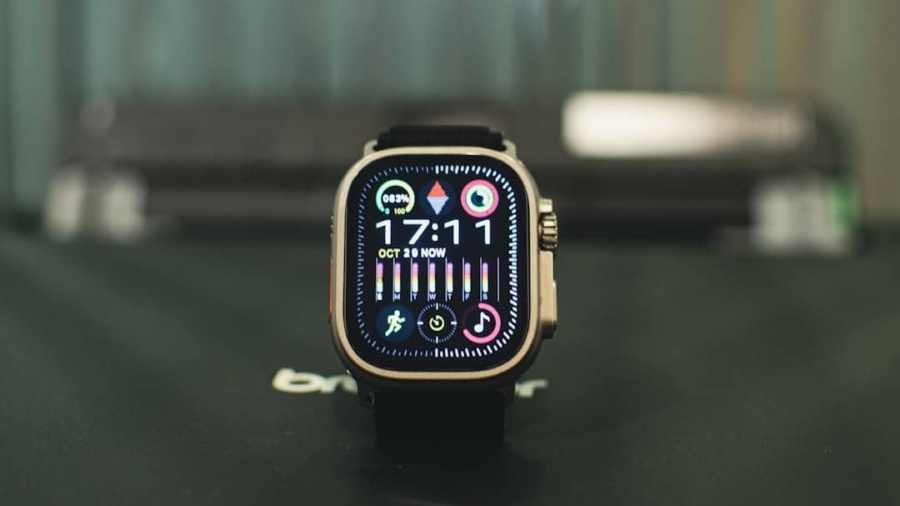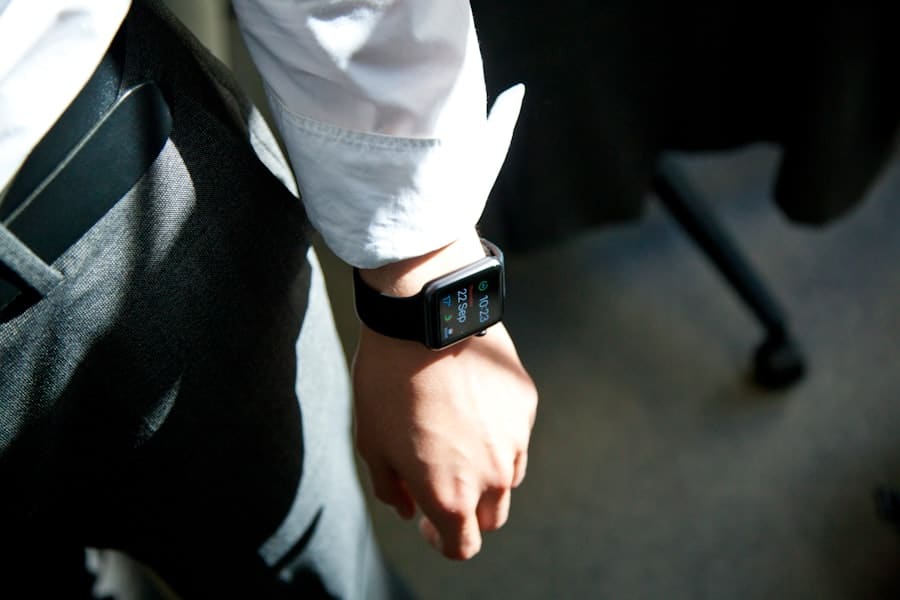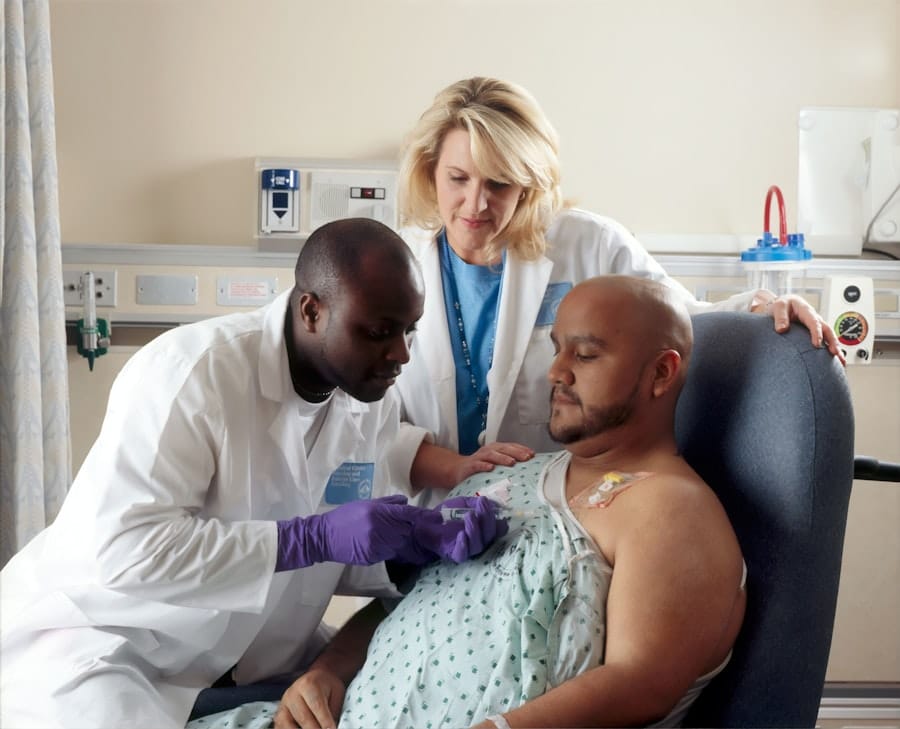Wearable diagnostic tools have emerged as a transformative force in the healthcare landscape, revolutionizing how patients monitor their health and how providers deliver care. These devices, which can be worn on the body like a watch or a patch, are equipped with sensors that collect a variety of health data, including heart rate, blood pressure, glucose levels, and even sleep patterns. The integration of technology into personal health management has made it possible for individuals to take a proactive approach to their well-being, allowing for real-time monitoring and immediate feedback.
This shift not only empowers patients but also enhances the capabilities of healthcare providers to deliver timely interventions. The rise of wearable diagnostic tools is closely linked to advancements in technology, particularly in miniaturization, sensor development, and data analytics. As these devices become more sophisticated, they are capable of providing increasingly accurate and comprehensive health information.
For instance, smartwatches now come equipped with electrocardiogram (ECG) capabilities that can detect irregular heart rhythms, potentially alerting users to conditions such as atrial fibrillation. This level of accessibility to health data is unprecedented and has the potential to significantly improve patient outcomes by facilitating early detection and management of chronic diseases.
Key Takeaways
- Wearable diagnostic tools are revolutionizing remote healthcare by providing real-time data and monitoring capabilities.
- Current challenges in remote healthcare include limited access to medical facilities, lack of healthcare professionals, and inadequate infrastructure.
- Wearables have the potential to bridge the gap in remote areas by enabling early detection, continuous monitoring, and timely intervention.
- Advancements in wearable diagnostic technology, such as miniaturization, improved sensors, and data analytics, are enhancing the accuracy and usability of these tools.
- Case studies of successful implementation demonstrate the effectiveness of wearable diagnostics in managing chronic conditions, improving patient outcomes, and reducing healthcare costs.
Current Challenges in Remote Healthcare
Despite the promise of wearable diagnostic tools, the implementation of remote healthcare solutions faces several significant challenges. One of the primary obstacles is the digital divide that exists in many regions, particularly in rural and underserved areas. Access to reliable internet connectivity is crucial for the effective use of wearable devices, as they often rely on cloud-based platforms for data storage and analysis.
In areas where internet access is limited or non-existent, the full potential of these technologies cannot be realized, leaving many individuals without the benefits of remote monitoring. Another challenge is the integration of wearable diagnostic tools into existing healthcare systems. Many healthcare providers are still adapting to the rapid pace of technological change, and there can be resistance to adopting new tools that require changes in workflow or additional training.
Additionally, concerns about data privacy and security are paramount; patients may be hesitant to share their health information with wearable devices due to fears of data breaches or misuse. These challenges must be addressed to ensure that wearable diagnostic tools can be effectively utilized in remote healthcare settings.
The Potential of Wearables in Remote Areas
Wearable diagnostic tools hold immense potential for improving healthcare delivery in remote areas where access to traditional medical facilities is limited. In these regions, patients often face significant barriers to receiving timely care, including long travel distances and a shortage of healthcare professionals. Wearable devices can bridge this gap by enabling continuous health monitoring and facilitating communication between patients and providers without the need for frequent in-person visits.
For example, a patient living in a rural community with a chronic condition such as diabetes can use a wearable glucose monitor to track their blood sugar levels throughout the day. This data can be transmitted directly to their healthcare provider, who can then make informed decisions about treatment adjustments without requiring the patient to travel for an office visit. Such capabilities not only enhance patient convenience but also promote better disease management and adherence to treatment plans.
Furthermore, wearables can provide valuable data for public health initiatives by identifying trends and patterns in health metrics across populations.
Advancements in Wearable Diagnostic Technology
The field of wearable diagnostic technology is rapidly evolving, driven by innovations in materials science, sensor technology, and artificial intelligence (AI). Recent advancements have led to the development of devices that are not only more accurate but also more comfortable and user-friendly. For instance, flexible sensors made from biocompatible materials can be worn on the skin for extended periods without causing irritation, allowing for continuous monitoring of vital signs.
Moreover, AI algorithms are increasingly being integrated into wearable devices to enhance data interpretation and provide actionable insights. These algorithms can analyze vast amounts of data collected from users and identify patterns that may indicate potential health issues. For example, machine learning models can predict the likelihood of a heart attack based on real-time heart rate variability and other physiological parameters.
This level of predictive analytics represents a significant leap forward in preventive healthcare, enabling earlier interventions that could save lives.
Case Studies of Successful Implementation
Several case studies illustrate the successful implementation of wearable diagnostic tools in various healthcare settings. One notable example is the use of wearable heart monitors in patients with cardiovascular diseases. A study conducted at a leading medical center demonstrated that patients who used these monitors experienced a 30% reduction in hospital readmissions compared to those who received standard care.
The continuous monitoring allowed healthcare providers to detect early signs of deterioration and intervene promptly, ultimately improving patient outcomes. Another compelling case involves the deployment of wearable devices in managing chronic obstructive pulmonary disease (COPD). In a pilot program, patients were equipped with smart inhalers that tracked medication usage and provided feedback on inhalation technique.
The data collected was shared with healthcare providers, who could then offer personalized coaching and support. As a result, patients reported improved adherence to their treatment plans and a significant reduction in exacerbations requiring hospitalization. These examples underscore the potential for wearables to enhance patient engagement and improve clinical outcomes.
The Role of Telemedicine in Wearable Diagnostics
Telemedicine plays a crucial role in maximizing the effectiveness of wearable diagnostic tools by facilitating remote consultations between patients and healthcare providers. The combination of telemedicine and wearables allows for a seamless flow of information, enabling providers to make informed decisions based on real-time data collected from patients’ devices. This synergy is particularly beneficial for individuals living in remote areas where access to specialists may be limited.
For instance, a patient using a wearable device that monitors their heart rate variability can have regular virtual check-ins with their cardiologist through telemedicine platforms.
This approach not only enhances patient care but also fosters a sense of connection between patients and providers, which is essential for maintaining engagement in their health management.
Overcoming Barriers to Adoption in Remote Areas
To fully realize the potential of wearable diagnostic tools in remote areas, it is essential to address several barriers to adoption. One critical step is improving access to reliable internet connectivity in underserved regions. Initiatives aimed at expanding broadband infrastructure can help ensure that patients have the necessary resources to utilize wearable devices effectively.
Collaborations between government agencies, private companies, and non-profit organizations can play a pivotal role in bridging this digital divide. Additionally, education and training programs for both patients and healthcare providers are vital for fostering acceptance of wearable technology. Patients need to understand how to use these devices effectively and interpret the data they generate, while healthcare providers must be equipped with the knowledge to integrate wearables into their practice seamlessly.
By providing comprehensive training resources and support systems, stakeholders can help mitigate resistance to adopting new technologies.
Future Opportunities and Implications for Healthcare
The future of wearable diagnostic tools is promising, with numerous opportunities for innovation and expansion within the healthcare sector. As technology continues to advance, we can expect even more sophisticated devices capable of monitoring an expanding array of health metrics. For instance, future wearables may incorporate advanced biosensors that can detect biomarkers associated with various diseases at an early stage, enabling proactive interventions before conditions become critical.
Moreover, as artificial intelligence continues to evolve, we may see enhanced predictive analytics capabilities that allow for personalized medicine tailored to individual patients’ needs. This shift towards precision health could lead to more effective treatment strategies and improved patient outcomes across diverse populations. Additionally, as telemedicine becomes increasingly integrated into routine care practices, the synergy between wearables and virtual consultations will likely become standard practice.
In conclusion, wearable diagnostic tools represent a significant advancement in healthcare delivery, particularly in remote areas where access to traditional medical services is limited. By addressing current challenges and leveraging technological advancements, stakeholders can unlock the full potential of these devices to improve patient outcomes and enhance overall health management strategies. The future holds exciting possibilities for integrating wearables into everyday healthcare practices, paving the way for a more connected and proactive approach to personal health management.
The article “The Best Smartwatch Apps of 2023” provides valuable insights into the latest advancements in smartwatch technology and the potential applications for wearables in healthcare. As wearables continue to evolve, they are becoming increasingly sophisticated diagnostic tools, especially in remote areas where access to traditional healthcare services may be limited. By leveraging the capabilities of smartwatches, healthcare providers can monitor patients remotely and provide timely interventions when necessary. This article complements the discussion on the future of wearables as diagnostic tools in remote areas, highlighting the innovative apps that are driving this transformation. To learn more about the best smartwatch apps of 2023, check out the article here.
FAQs
What are wearables as diagnostic tools?
Wearables as diagnostic tools are devices that can be worn on the body to monitor and track health-related data, such as heart rate, blood pressure, temperature, and physical activity. These devices can provide valuable insights into an individual’s health and wellness.
How are wearables being used in remote areas for diagnostics?
In remote areas, wearables are being used as diagnostic tools to monitor and track the health of individuals who may not have easy access to traditional healthcare facilities. These devices can help in early detection of health issues and provide valuable data for healthcare professionals to make informed decisions.
What are the benefits of using wearables as diagnostic tools in remote areas?
Using wearables as diagnostic tools in remote areas can help in early detection of health issues, enable continuous monitoring of patients, and provide valuable data for healthcare professionals to make informed decisions. This can ultimately lead to improved healthcare outcomes for individuals in remote areas.
What are the challenges of using wearables as diagnostic tools in remote areas?
Challenges of using wearables as diagnostic tools in remote areas include limited access to healthcare professionals for interpreting the data, potential issues with connectivity and power supply, and the need for proper training and education for individuals using the devices.
What is the future outlook for wearables as diagnostic tools in remote areas?
The future outlook for wearables as diagnostic tools in remote areas is promising, with advancements in technology and healthcare delivery. These devices have the potential to play a significant role in improving healthcare access and outcomes for individuals in remote areas.



